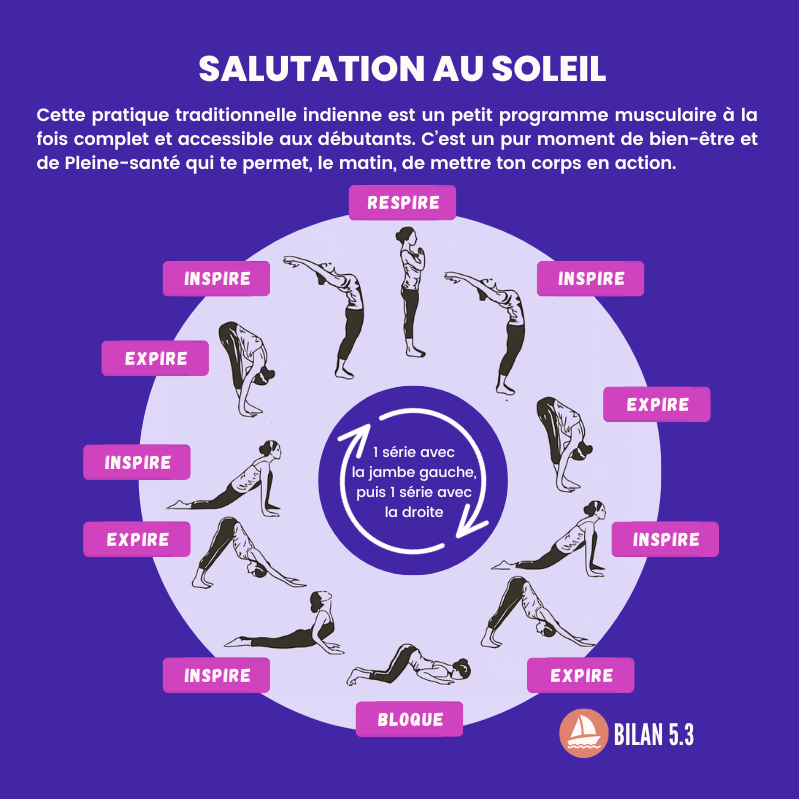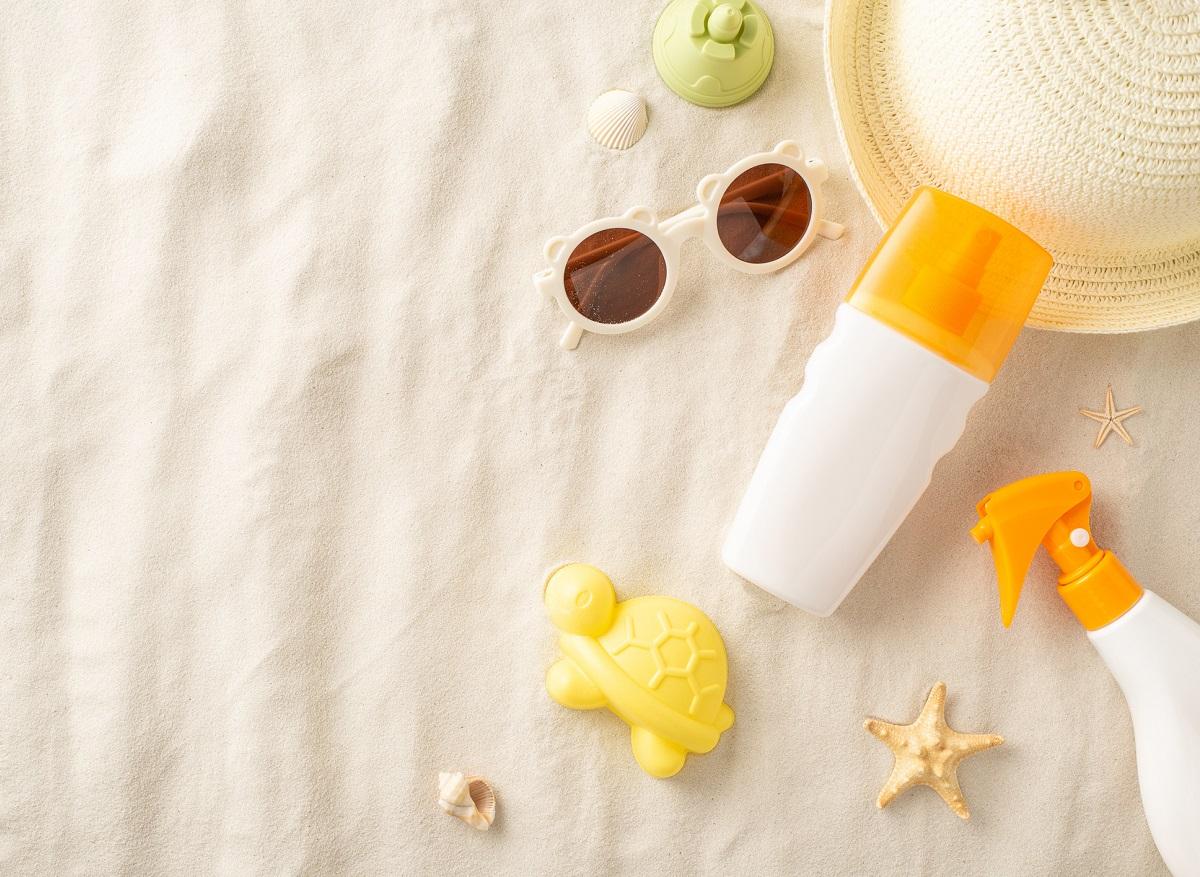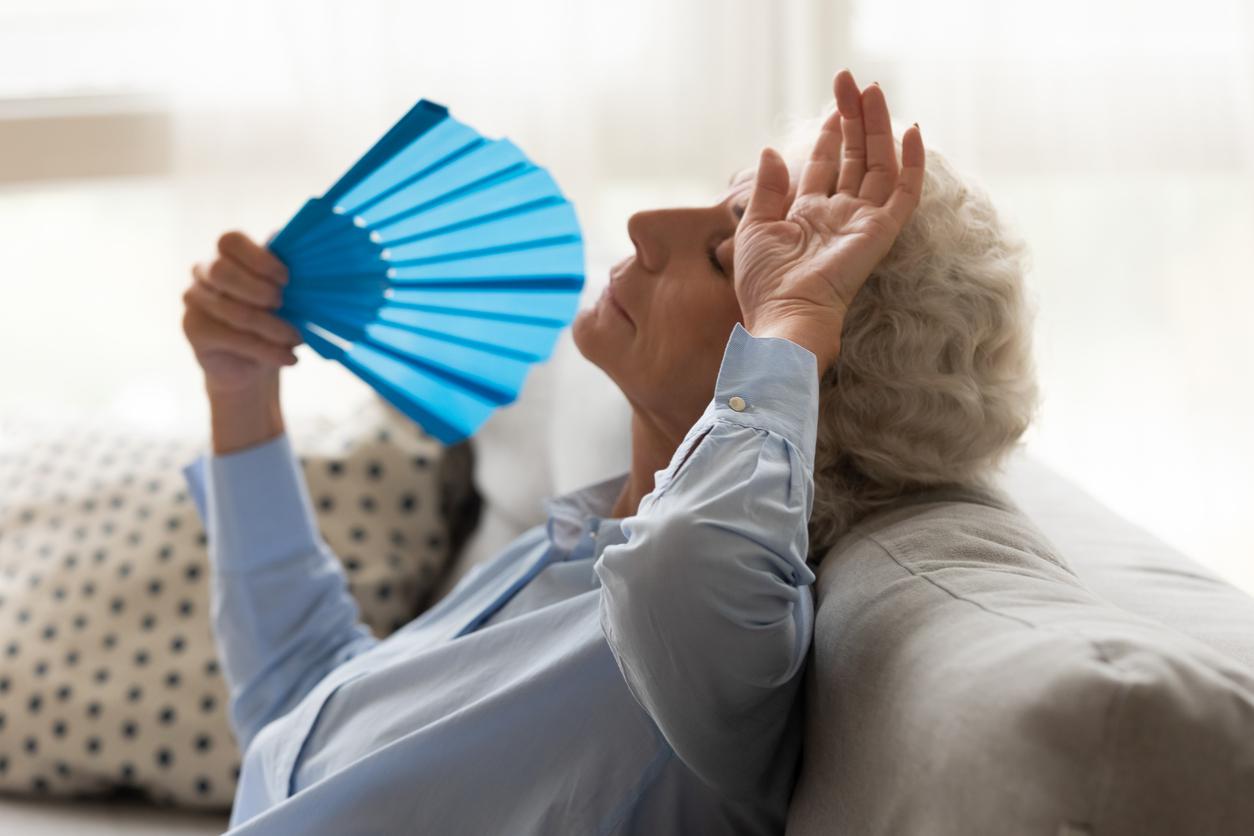August 24, 2007 – The Food and Drug Administration (FDA) wants to tighten regulations on sunscreen products. The American federal body1 particularly wants consumers to be better informed about the degree of protection of sunscreens against UVA rays2.
A new index, called “Extra UVA protection”, should therefore be added to the current sun protection factor (SPF) which only applies to UVB. It will be represented by stars: a star will mean low protection against UVA; two stars, medium protection; three and four stars, high and maximum protection. If a sunscreen does not provide at least one star protection, the FDA proposes to require the manufacturer to state on the labeling “no protection against UVA.”
|
15, 30, 45 … |
The FDA also wants to rename the “sun protection factor” and instead name it “sunburn protection factor”, an expression that would not induce a false sense of security among consumers. Note that UVB rays are the shortest and most powerful. They cause the skin to redden and make the surface layer more fragile. UVA rays are less powerful than UVB rays, but they cause deep damage and play an important role in aging skin.
All these changes will be submitted to public criticism until November 26, 2007, after which the final notice will be published. These new standards will come into force 18 months later and will therefore not be noticeable for consumers until the beginning of 2009, specifies the FDA.
Worrisome results
The announcement of this new regulation comes after the publication of a study by the Environmental Working Group which analyzed 823 sun products with an SPF index of 15 and above. According to the American body, 84% of sunscreens had inadequate protection against the sun or contained ingredients potentially harmful to health3.
According to the results, more than one in ten products did not protect against UVA rays. This proportion was higher for products that have a high sun protection factor of 30 or more (12%). Only 16% of the sunscreens analyzed were found to be both completely safe and effective in adequately protecting against UV rays.
More than half (54%) of sunscreens contained ingredients or a combination of ingredients that were not stable in the sun. Some lost their effectiveness after just 30 minutes.
When publishing this study, the environmentalist group recalled that the FDA was more than a year late in filing its new rules with the US Congress.
Claudia Morissette – HealthPassport.net
According to AFP and Forbes.com.
1. The FDA is the US federal agency responsible for licensing and marketing drugs and food products.
2. For more details, see the FDA press release: www.fda.gov.
3. For more details on this study: www.ewg.org/sunscreen.















